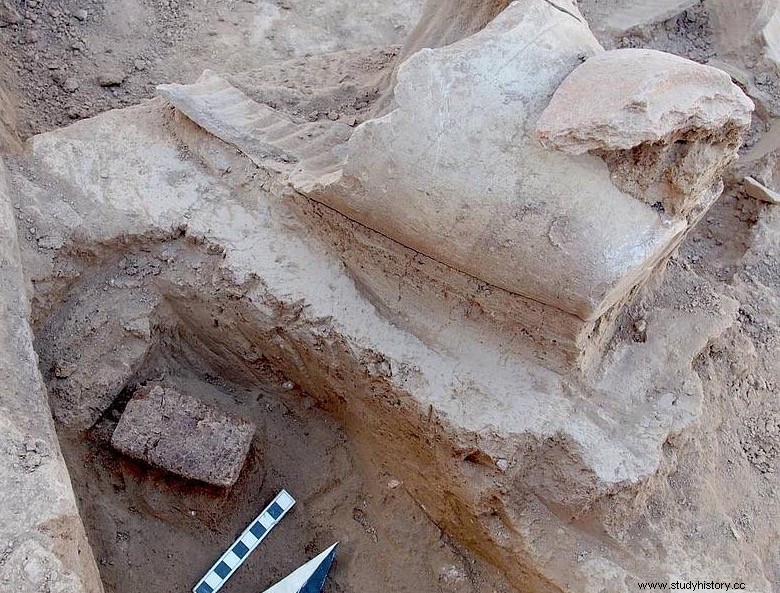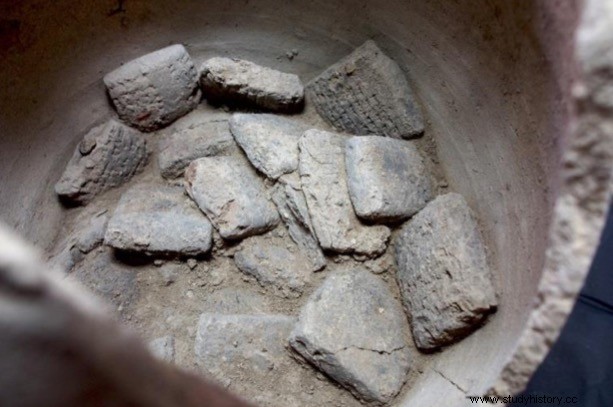The translation of tablets with Assyrian cuneiform writing found by archaeologists from the University of Tübingen last summer has revealed a singular mystery:that the place where they were found, the town of Bassetki in the autonomous region of Kurdistan in Iraq, is the ancient royal city from Mardaman.
This Mesopotamian city is mentioned in ancient sources, but until now no one had been able to determine its exact location. Mardaman existed between 2200 and 1200 BC. as the capital of a kingdom conquered and destroyed several times over that time.
In the summer of 2017, archaeologists from the Institute for Near Eastern Studies at the University of Tübingen found 92 clay tablets dating from the Middle Assyrian Empire, around 1250 BC, deposited and hidden in a ceramic vessel that, along with others, was covered in a thick layer of clay. Betina Faist, a philologist from the University of Heidelberg, was in charge of reading and translating the texts that contain information about the history of the city and the region at the time.

Faist was thus able to identify the place of discovery as ancient Mardaman, at the time the tablets relate to the seat of an Assyrian governor. This information reveals a new and unknown province of the empire, which straddled much of northern Mesopotamia and Syria in the 13th century B.C.
The name of the governor appears on the tablets as Assur-nasir, and they also detail his tasks and activities.
The story told is that Mardaman was the center of a kingdom conquered by one of the greatest rulers of the time, Shamshi-Adad I in 1786 BC. integrating it into his empire of Upper Mesopotamia. Years later it would become an independent kingdom under a Hurrian ruler named Tish-ulme. A period of prosperity would follow, until the city was destroyed by the Turukku from the Zagros Mountains, who are sometimes identified as one of the Peoples of the Sea. But it would not be the end of the city, which continued to exist until the time when the Assyrians ruled it and the now translated texts were written, between 1250 and 1200 BC

Sources of the Third Dynasty of Ur, between the years 2100 and 2000 BC. they portray Mardaman as a major city on the northern fringes of the Mesopotamian empire. Previously, the oldest source comes from the Akkadian Empire, considered the first empire in history, where it is mentioned that the city was destroyed for the first time around the year 2250 BC. by Naram-Sin, one of the most powerful Akkadian rulers.
Interestingly Bassetki, which the find identifies with Mardaman, is much older since it dates from the Bronze Age having been founded around 3000 BC
Archaeologists believe that this new discovery will serve to provide clues to the location of other Mesopotamian cities not yet found.
